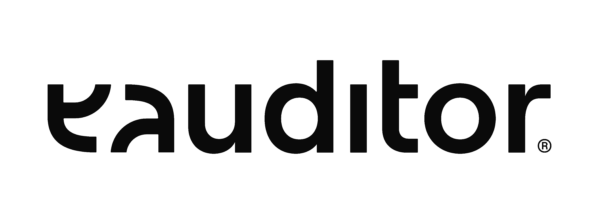What is the principle of minimum entitlements?
How to use it effectively with the eAuditor IAM system?
What is the eAuditor IAM minimum authority rule?
The Principle of Least Privilege (PoLP) is a fundamental approach in security management that involves granting users, applications and systems only the privileges that are absolutely necessary to perform their tasks. The goal is to minimize the risk of unauthorized access and protect against errors or abuse. Successful implementation of this principle requires the use of appropriate tools and processes in the privilege management system.
What are the key aspects of the minimum entitlement principle?
Limitation of powers
- Necessary access only: A user or application should only have access to data and functions that are necessary to perform specific tasks.
- Roles and Profiles: define roles and profiles with precisely defined permissions that correspond to specific functions and responsibilities.
Reviews and audits
- Regular verifications: Regular verification of authorizations to make sure they are in line with actual user needs.
- Reporting: Create reports on granted permissions and their use to monitor and control access.
Process automation
- Identity Lifecycle Management: Automate the granting, modification and revocation of privileges based on changes in a user’s role, responsibilities and status (e.g., new employee, position change, contract termination).
How to effectively apply the principle of minimum entitlements?
Defining roles and permissions
- Create Precise Roles: In the IAM system, define roles with the minimum set of permissions that are required to perform specific tasks. Each role should match the actual needs of the users.
- Profiles and Resources: Set up profiles that group permissions to different resources and systems. This makes it easy to assign the sets of permissions you need for specific roles.
Privilege management
- Process Automation: Use the IAM system’s functionality to automate processes for granting and revoking permissions. The system should automatically update permissions based on changes in user roles and status.
- Entitlement Verification: Implement mechanisms for two-step verification of authorizations – formal (checking compliance with policies) and actual (checking actual usage and needs).
Monitoring and auditing
- Regular Reviews: Use the IAM system to regularly review and update permissions. Check that granted permissions are still in line with the requirements of the user role.
- Generating Reports: Use the reporting function in the IAM system to generate detailed reports on permissions granted, their use, and possible violations.
Absence and shift management:
- Automatic Substitutions: The IAM system should enable automatic management of privileges during employee absences, providing appropriate substitutions or temporary changes in access.
- Adapting to Change: When a user’s position or role changes, the system should automatically adjust permissions to reflect the new responsibilities.
Benefits
Summary
The principle of minimum privileges is a key element of effective IT security management. Applying this principle to an entitlement management system requires careful definition of roles, automation of processes, regular reviews, and effective monitoring and auditing. Implementing the minimum privilege principle not only improves security, but also facilitates access management and regulatory compliance.





